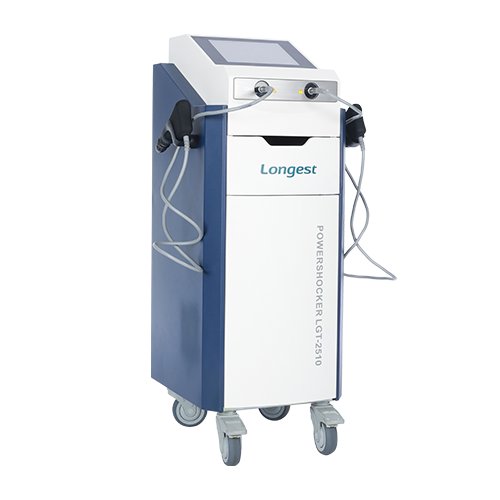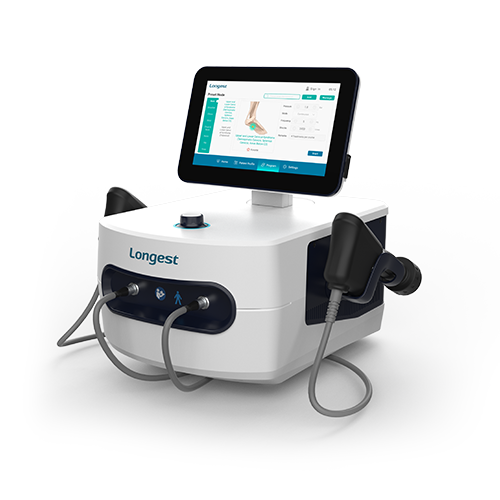How Radial Shockwave Therapy Device Help with Runner’s Knee

Runner’s knee, also known as patellofemoral pain syndrome (PFPS), is a common condition primarily affecting runners and athletes involved in activities that require repetitive knee bending. It is characterized by pain around or behind the kneecap (patella), typically worsened with activities such as running, squatting, or climbing stairs.
Treatment for a runner’s knee typically involves a combination of conservative measures aimed at reducing pain, improving strength and flexibility, and addressing underlying biomechanical issues. One modality that has gained popularity in recent years is using a radial shockwave therapy device
Cause of Runner’s Knee
The exact cause of a runner’s knee is often multifactorial and can vary from person to person. Some common contributing factors include:
- Overuse: Excessive or repetitive stress on the knee joint without adequate rest or recovery can lead to irritation and pain.
- Muscular imbalances: Weakness or imbalance in the muscles around the knee, particularly the quadriceps and hip muscles, can put increased stress on the kneecap.
- Poor biomechanics: Abnormal alignment or movement patterns of the lower limb, such as overpronation (inward rolling of the foot), can affect the distribution of forces and contribute to knee pain.
- Tightness: Tight muscles, particularly the iliotibial band (ITB) or hamstrings, can pull on the kneecap and cause pain.
Radial Shockwave Treatment for Runner’s Knee
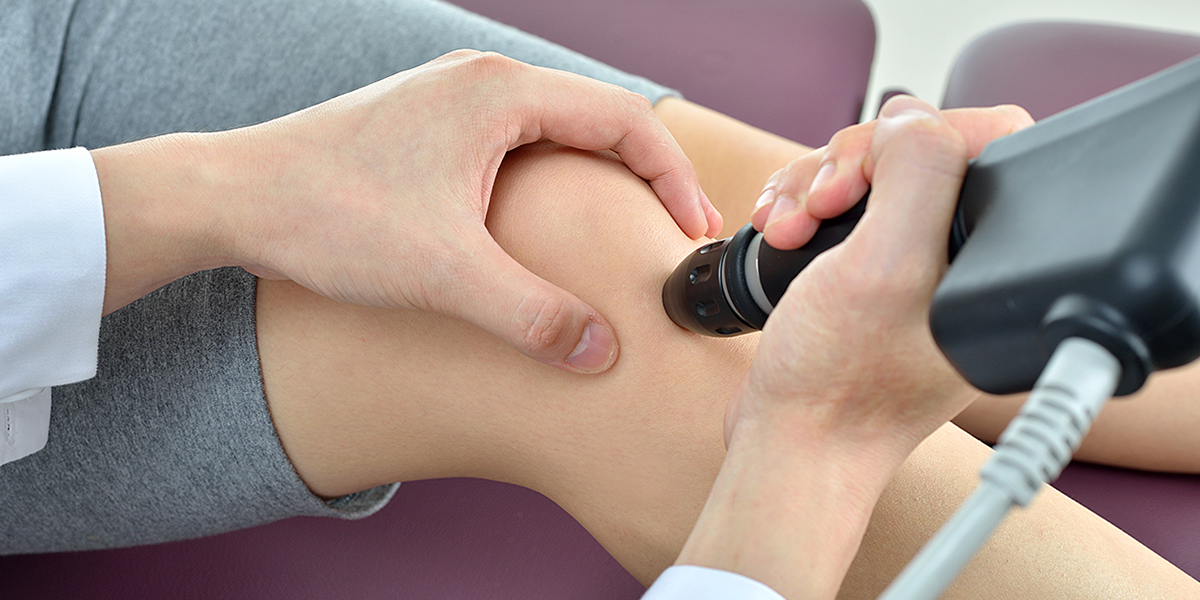
Radial shockwave therapy (RSWT) is a non-invasive treatment option used to promote healing and reduce pain in various musculoskeletal conditions, including runner’s knee. During the procedure, a handheld device delivers high-energy acoustic waves to the affected area. These waves create mechanical pressure and tension on the tissues, promoting tissue regeneration, angiogenesis (formation of new blood vessels), and pain reduction.
RSWT may benefit individuals with runner’s knee in the following ways:
- Pain reduction: Shockwave therapy may help alleviate pain associated with a runner’s knee by stimulating the release of endorphins, natural pain-relieving substances in the body.
- Tissue healing: The mechanical pressure and microtrauma induced by the shockwaves can promote the healing response in damaged tissues, such as the patellar tendon or the surrounding soft tissues.
- Increased blood flow: Shockwave therapy can improve blood circulation in the affected area, facilitating the delivery of oxygen and nutrients essential for tissue repair.
It’s important to note that while RSWT has shown promising results in some studies, the evidence regarding its effectiveness for runner’s knee is still evolving. The treatment should be administered by a trained healthcare professional, and individual suitability and treatment protocols should be determined based on a comprehensive evaluation.
Alongside using a shockwave therapy device, a comprehensive treatment plan for runner’s knee may include rest, ice therapy, non-steroidal anti-inflammatory drugs (NSAIDs), physical therapy exercises to strengthen the muscles, stretching and flexibility exercises, orthotics or shoe modifications, and addressing any underlying biomechanical issues through gait analysis and corrective techniques.
It’s always recommended to consult with a healthcare professional for a proper diagnosis and personalized treatment plan for a runner’s knee or any other medical condition.
Advanced Shockwave Therapy Devices
Easy to use. High performance. Smart investment
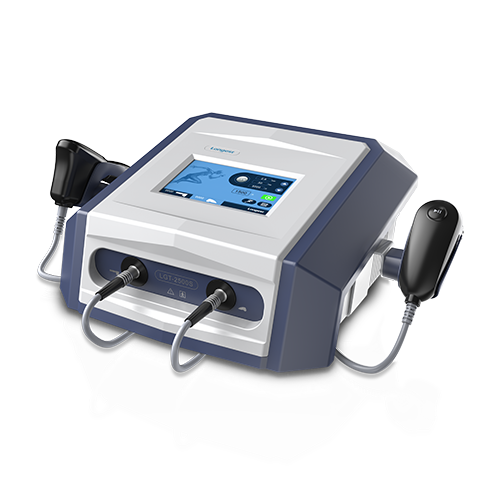
PowerShocker LGT-2500S Plus
- Remarkably compact in dimensions
- with vibration handpiece
- Preset and user-defined protocols
- Pressure: 1.0-5.0
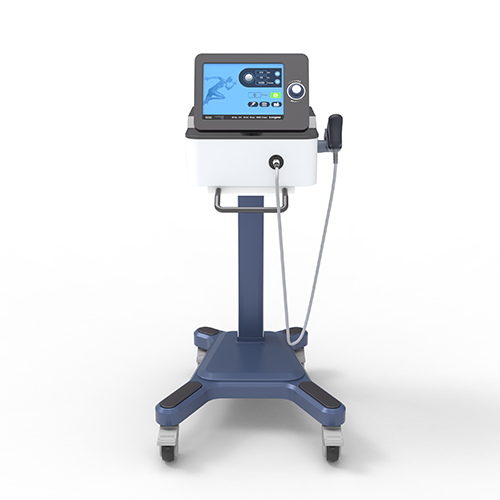
PowerShocker LGT-2500F
- “Lease” Mode
- Rotary knob for quick and easy parameter setting
- User-defined protocols
- Pressure: 1.0-4.0



